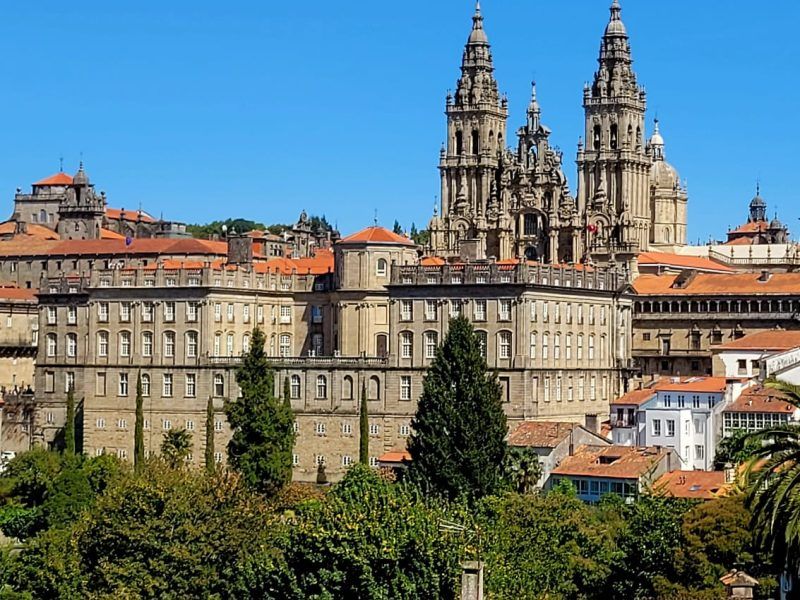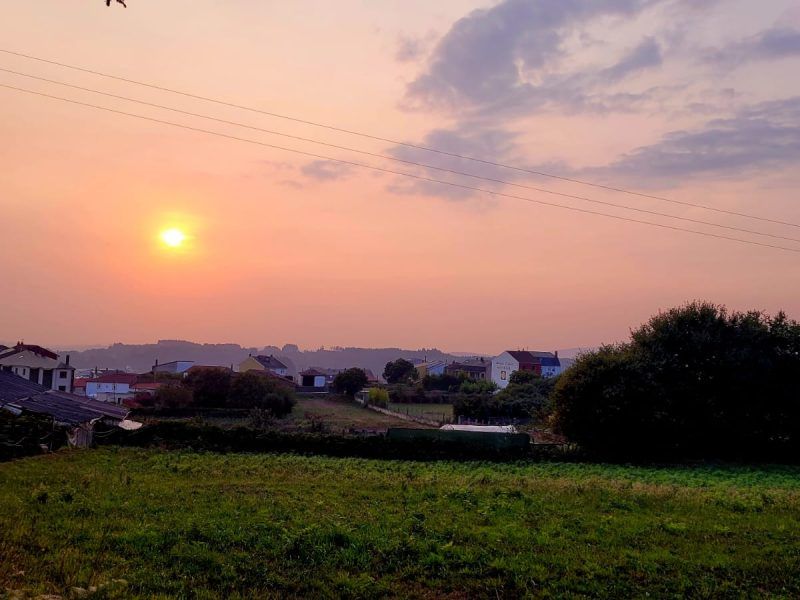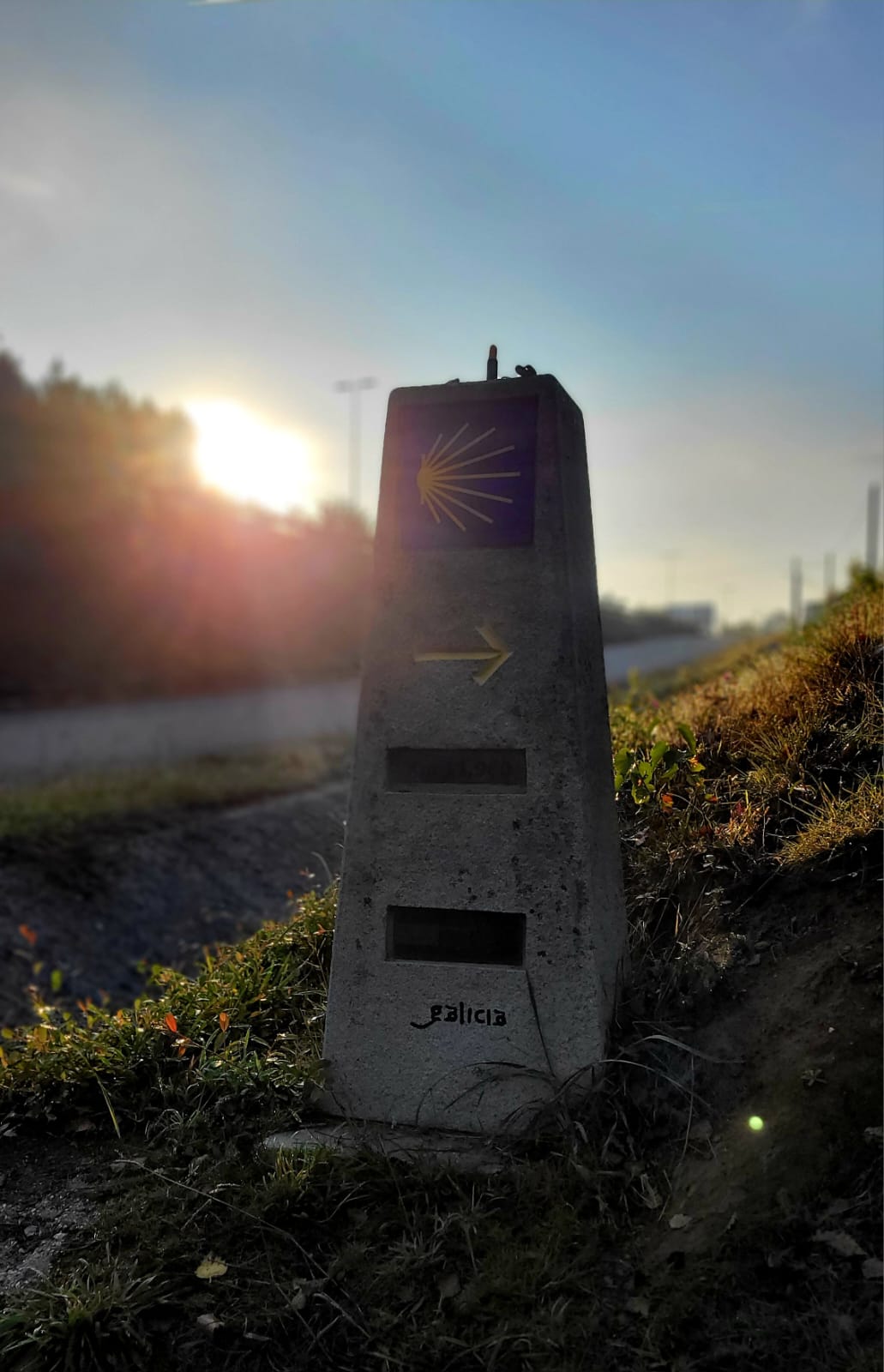The Camino to Santiago de Compostela pilgrimage is not just a walk—it’s an adventure of the soul, drawing pilgrims from across the world for centuries. Whether you’re setting out for spiritual growth, a personal challenge, or to bask in the stunning landscapes of Spain and beyond, this journey has something special to offer every traveler. But if you’re wondering, “Where does the Camino de Santiago start?”—you’re not alone. With so many routes crisscrossing Spain, Portugal, and France, the number of starting points can feel overwhelming at first. Don’t worry! We’re here to guide you through the key starting points and pilgrimage essentials, so you can plan the perfect route for your Camino de Santiago journey.
The Origins of the Camino to Santiago de Compostela Pilgrimage
The Camino to Santiago de Compostela pilgrimage dates back to the early 9th century, when the remains of Saint James the Apostle were discovered in Galicia. Over the centuries, Santiago de Compostela became a major pilgrimage destination, attracting millions of pilgrims seeking spiritual transformation and personal growth. In medieval times, this journey was one of the most important Christian pilgrimages, alongside those to Jerusalem and Rome. Pilgrims from all over Europe set out on foot, crossing dangerous terrain and enduring hardships to reach the sacred tomb. But where does the Camino de Santiago start? The answer varies, as there are multiple routes that begin in different locations across Europe, each with its own history and significance.
Today, the Camino to Santiago de Compostela pilgrimage remains just as significant. Modern pilgrims may be motivated by various reasons—religious devotion, self-reflection, or a love of nature and history. Yet, they all share a common bond: the sense of connection that comes from walking in the footsteps of those who have traveled before them. Whether you’re a first-timer or a seasoned pilgrim, the Camino offers a profound experience that transforms both body and soul.
Where Does the Camino de Santiago Start?
There are several key starting points, each offering its own unique flavor and experience. Choosing the right one depends on your personal preferences, time, and fitness level. Below, we’ll explore some of the most popular routes for your Camino to Santiago de Compostela pilgrimage.

Where Does the Camino de Santiago Start on the French Way (Camino Francés)?
The Camino Francés is by far the most iconic and popular route, often considered the quintessential answer to the question, “Where does the Camino de Santiago start?” For many, this classic Camino de Santiago Spain experience begins in the charming French town of Saint-Jean-Pied-de-Port, located at the foothills of the Pyrenees. The journey kicks off with a challenging ascent into Spain, and from there, the path meanders through stunning landscapes—medieval villages, rolling hills, lush vineyards, and wide plains—culminating in Santiago de Compostela.
The full route stretches roughly 800 kilometers (500 miles) and typically takes about 30 to 35 days to complete. However, if you’re short on time, you can always begin in cities like León, Burgos, or Sarria, which allow for a shorter walk while still providing a rich pilgrimage experience. Regardless of where you start, the Camino Francés offers an unforgettable combination of history, culture, and natural beauty.
How to get to Saint-Jean-Pied-de-Port?
Getting to Saint-Jean-Pied-de-Port is relatively straightforward. Most pilgrims fly into Pamplona, a well-connected city with flights, buses, and trains. From there, you can take a bus or taxi to the starting point. If you prefer to fly into France, Bayonne is another gateway into Saint-Jean, with direct train services from there. For those flying in from further afield, Biarritz Airport offers the closest option, and from there, a quick taxi or train will get you to the trailhead.
Where Does the Camino de Santiago Start on the Portuguese Way (Camino Portugués)?
The Camino Portugués offers a coastal charm that’s hard to resist. Starting in Lisbon, this route takes you through the heart of Portugal, showcasing stunning scenery, charming villages, and a more relaxed pace compared to some of the more rugged routes. You’ll pass through vibrant cities like Coimbra and Porto, as well as vineyards and coastal paths as you make your way into Spain. If you don’t have time for the full route, Porto is a popular alternative starting point, offering a slightly shorter journey while still giving you a taste of Portugal’s coastal beauty.
The Camino Portugués is known for its relatively flat terrain, making it a bit easier for first-time pilgrims or those looking for a less physically demanding route. Along the way, you’ll encounter a wonderful mix of Portuguese and Galician cultures, which is reflected in everything from the food to the architecture.
How to get to Lisbon?
Lisbon is a major international hub, so finding a flight shouldn’t be an issue. Once you land, the city is well-connected by metro, buses, and taxis, making it easy to navigate. If you’re already in Portugal, a high-speed train from Porto to Lisbon takes about 3 hours, offering a scenic journey before you even begin your pilgrimage.
How to get to Porto?
Porto is just as accessible as Lisbon, with an international airport located 11 kilometers from the city center. The city’s transportation system is easy to navigate, and you can quickly get from the airport to the start of your Camino. Trains and buses also connect Porto to Lisbon, making it a flexible starting point for those exploring multiple Portuguese cities.

Where Does the Camino de Santiago Start on the Northern Way (Camino del Norte)?
If you’re looking for something a bit more off the beaten path, the Camino del Norte might be the perfect choice. This route begins in Irún, near the French border, and follows Spain’s northern coast all the way to Santiago. The Camino del Norte offers a mix of rugged, coastal landscapes and verdant mountain views, passing through cities like San Sebastián, Bilbao, and Santander.
This route is known for being more physically demanding due to its coastal cliffs and frequent ascents, but it rewards you with fewer crowds and breathtaking scenery. It’s ideal for those seeking a quieter, more contemplative Camino experience. As you hug the coastline, you’ll be treated to dramatic ocean views, lush forests, and the occasional hidden beach—perfect for those who love nature.
How to get to Irún?
Getting to Irún is fairly easy, thanks to its proximity to San Sebastián. The nearest airport is in Hondarribia, just 3 kilometers from Irún. From there, you can take a bus or taxi. If you’re traveling from elsewhere in Spain, buses and trains from Madrid or Bilbao are great options. Alternatively, take a TGV train to Hendaye, just across the border in France, and then a short local train into Irún.
Where Does the Camino de Santiago Start on the Original Way (Camino Primitivo)?
The Camino Primitivo holds a special place in the history of the Camino. It’s the oldest route, first traveled by King Alfonso II in the 9th century when he set out to confirm the discovery of Saint James’s tomb. Starting in Oviedo, this route takes you through the rugged landscapes of Asturias and Galicia, offering some of the most breathtaking views of any Camino route.
Though it’s one of the shorter routes, the Camino Primitivo is also one of the most challenging, with steep ascents and descents that test even experienced hikers. But the payoff is worth it: stunning mountain views, medieval towns, and a sense of walking through history. If you want a route that combines natural beauty with deep historical and spiritual significance, the Camino Primitivo is for you.
How to get to Oviedo?
Oviedo is easily accessible by bus or train from major Spanish cities like Madrid and Gijón. The nearest airport is about 40 kilometers away, with regular bus and taxi services to take you into the city. Once there, you’re just a short distance from the official start of the Camino Primitivo.
Where Does the Camino de Santiago Start on the English Way (Camino Inglés)?
For those seeking a shorter but equally rewarding pilgrimage, the Camino Inglés is an excellent choice. Historically, this route was used by pilgrims from the UK, Ireland, and Scandinavia, who sailed to the northern coast of Spain and began their journey on foot. Today, the route starts in the coastal towns of Ferrol or A Coruña.
The Camino Inglés is one of the shortest routes, making it ideal for those who are pressed for time but still want the full Camino experience. The coastal scenery is stunning, and you’ll enjoy a more relaxed pace compared to some of the longer routes.
How to get to Ferrol?
Ferrol is just 52 kilometers from A Coruña, which has an airport with connections to major Spanish cities. Buses and taxis make it easy to get from the airport to Ferrol, where you can start your walk. If you prefer to travel by train, there are direct routes from Madrid and other cities.
How to get to A Coruña?
Flying into A Coruña is simple—the airport is only 8 kilometers from the city center. From there, buses and taxis are readily available, making A Coruña one of the easiest starting points to access for the Camino de Santiago Spain pilgrimage.
Experiencing the Camino to Santiago de Compostela
No matter which route you choose, the Camino de Santiago pilgrimage offers a unique blend of adventure, culture, and spirituality. The diversity of the landscapes—from the rugged cliffs of the north to the rolling plains of Castile—means that no two days are ever the same. You’ll pass through medieval towns, bustling cities, and remote hamlets, each with its own charm and history.
Throughout your journey, you’ll find plenty of opportunities to connect with other pilgrims from around the world, share stories, and reflect on the deeper meaning of the pilgrimage. Along the way, you’ll also encounter significant cultural and religious landmarks, from ancient monasteries to the towering spires of the cathedral in Santiago. It’s a chance to step away from the pressures of daily life, slow down, and immerse yourself in the simplicity of walking.
Why the Camino de Santiago Pilgrimage Transforms Lives
Walking the Camino to Santiago de Compostela is an experience that leaves a lasting impact on everyone who undertakes it. It’s a journey that tests your physical limits, but it also opens your mind and heart in ways you might never expect. Many pilgrims find that the Camino changes them, offering new perspectives on life, faith, and themselves. Whether you walk for religious reasons, personal growth, or simply to enjoy the beauty of nature, the Camino de Santiago pilgrimage is a transformative experience that stays with you long after you’ve reached Santiago.
Plan Your Camino de Santiago Pilgrimage
Ready to embark on your Camino to Santiago de Compostela? Wondering where does the Camino de Santiago start? Let WAW Travel help you find the perfect starting point and plan your ideal adventure. From choosing the right route to booking accommodations, we’ll be with you every step of the way. Contact us at [email protected] and let’s make your Camino experience extraordinary!



Comment (0)